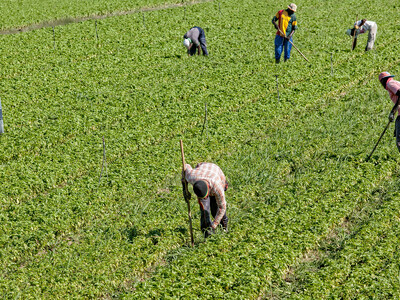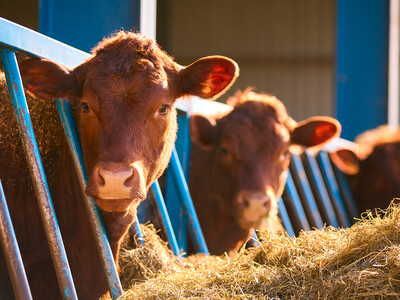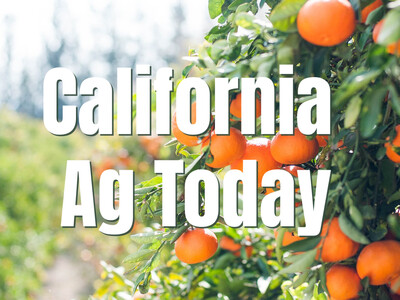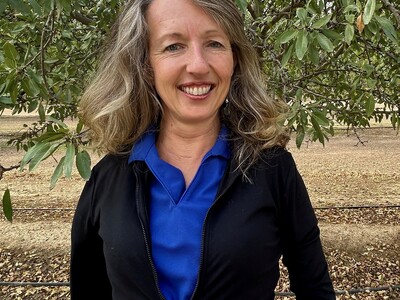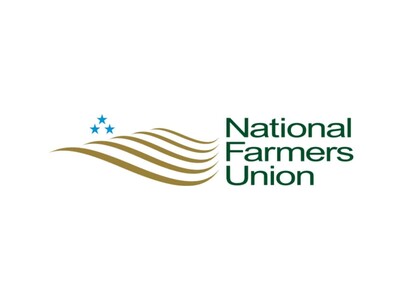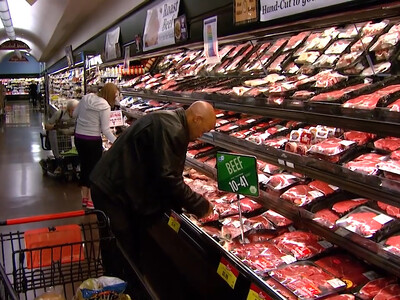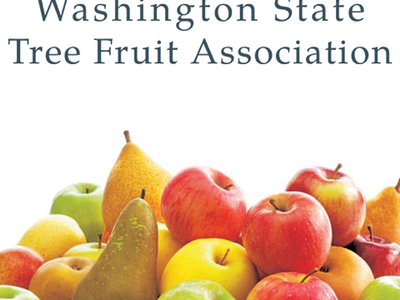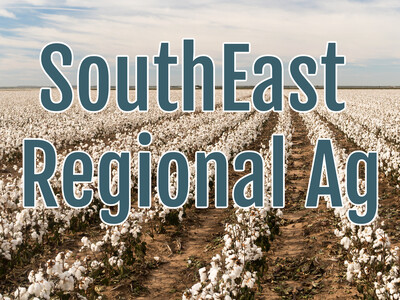Smoke is good
Richard Ferrieri never thought a simple bottle of liquid smoke would change the trajectory of his team’s research. Originally, Ferrieri and a team of researchers at the University of Missouri focused on studying how soil, saturated by the intense smoke caused by wildfires, alters plant growth. But after they began their research, they made a surprising discovery with the popular food additive — and they believe the finding could one day be used to improve the health of food crops.Ferrieri, a research professor in the Department of Chemistry and investigator at the University of Missouri Research Reactor (MURR), said when the team added liquid smoke to the soil where a plant is growing, the researchers found it could enhance the plant’s natural defenses and increase its ability to resist pests and diseases. Liquid smoke, created by condensing smoke from burning wood, was used to provide a simulation — in a laboratory setting — of the smoky conditions a wildfire could create.
“Plants can’t run away when they are trying to defend themselves from an active threat,” said Ferrieri, who is also a member of the Interdisciplinary Plant Group at MU. “Therefore, it takes a lot of energy for a plant to dedicate precious resources it would normally dedicate to its growth to now defend itself. Much like the human body, a key to plant health lies in how well its vascular system can function under stress and move precious resources to the different growing parts.”
In this study, scientists used the radioisotope carbon-11 — created by a cyclotron at MURR — to help them trace how smoke impacts a sunflower’s vascular system, or the system that transports carbon, water and micronutrients throughout the plant. Ferrieri said they found that sunflowers grown in soil treated with liquid smoke had larger, thicker, and greener leaves and appeared less prone to pests and disease.
“Plants harness the energy of the sun, fix carbon dioxide and make sugars that are transported throughout the plant using their vascular system,” Ferrieri said. “By feeding carbon dioxide gas containing carbon-11 to a common domesticated variety of sunflower, we were able to create a physical map of where the sugars go using radiographic imaging. This allowed us to evaluate the effects of smoke on vascular transport.”




